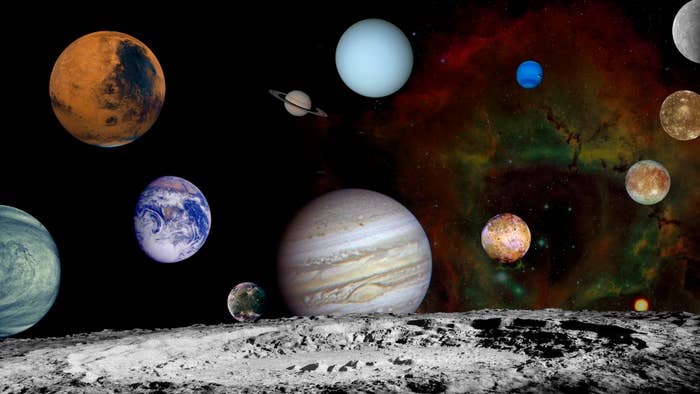
Nestled between Mars and Jupiter in the asteroid belt, the dwarf planet Ceres is believed to have once had all the essential minerals—liquid water, energy, and carbon-bearing organic molecules—required to sustain life, National Geographicreports.
NASA's Dawn spacecraft orbited Ceres for about a year to learn more about the formation of bright spots made up of salt located inside its Occator crater. These salt deposits have been named Cerealia Facula and Vinalia Faculae.
Researchers believe this crater formed about 20 million years ago when an asteroid struck the small planet. The existence of these salty spots within the past four million years suggest that the mysterious fluid is coming from a reservoir of liquid brine beneath the surface that seeped out from fractures caused by the impact.
"For the large deposit at Cerealia Facula, the bulk of the salts were supplied from a slushy area just beneath the surface that was melted by the heat of the impact that formed the crater about 20 million years ago,"Carol Raymond, principal investigator for the Dawn mission, said in a statement, per Business Insider. "The impact heat subsided after a few million years; however, the impact also created large fractures that could reach the deep, long-lived reservoir, allowing brine to continue percolating to the surface."
Raymond's explanation implies that Ceres may have had an ocean that froze as the planet started to cool after the asteroid impact, making it an "'ocean world' status," similar to Saturn's Enceladus and Europa, the icy moon of Jupiter.
"This elevates Ceres to 'ocean world' status, noting that this category does not require the ocean to be global," Raymond said. "In the case of Ceres, we know the liquid reservoir is regional scale but we cannot tell for sure that it is global. However, what matters most is that there is liquid on a large scale."

